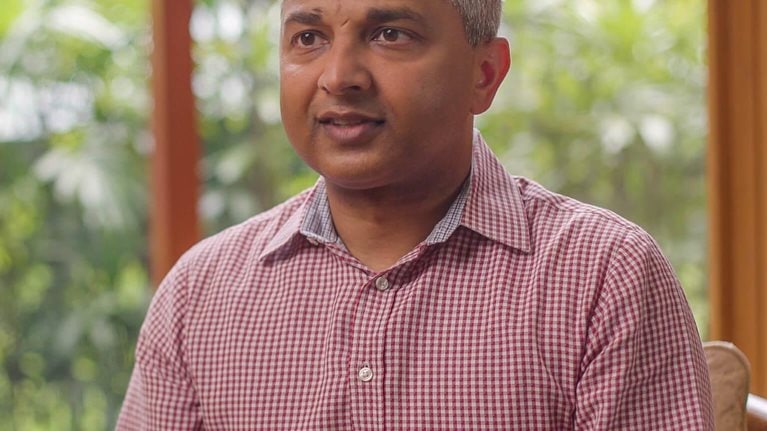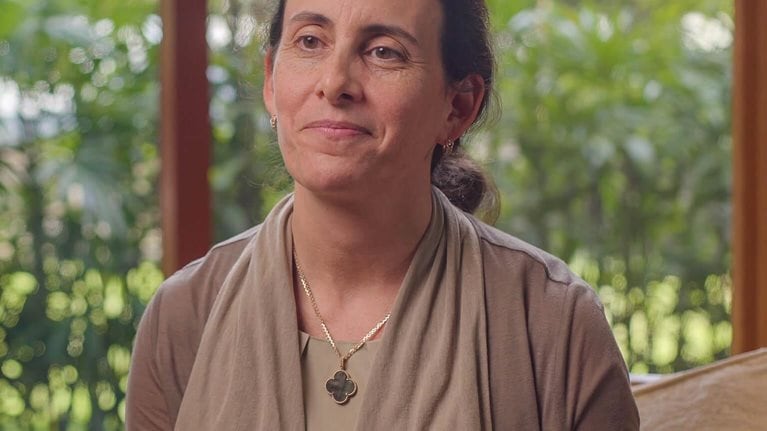I’ll make five points. First, the net zero equation doesn’t close. What I mean by that is that while 90 percent of the world’s GDP has made a commitment to net zero, either in 2050, 2060, or 2070 like India has recently at COP 26, we are, with those commitments, still on a path to cross 1.5-degree temperature rise for the Earth by 2050.
The second point I would make is that the demand for decarbonized products is already beginning to exceed the supply of decarbonized products. Just as an example, green steel demand by auto makers in Europe for making less carbon cars will very soon exceed the availability and the supply of green steel.
Asia’s place in this is unique and is different. First, a large proportion of the billion climate refugees that we expect to see with the temperature rise are going to be in Asia, a lot of them actually in India, about 40% of those. And there’s a very substantial investment that Asian countries will have to make to transition their economies towards net zero.
Just to give a sense, the world’s own overall investment in land systems, mobility systems, and energy systems will have to be around 7.5 percent of the global GDP over the next 30 years. In Asia it differs, it’s about 4 to 5 percent of China’s GDP. And for a country like India, it’s about 11 percent. So, a substantial amount of investment is going to go.
Which brings me to my fourth point, that really this opens up a whole host of opportunities for companies and for countries. New mobility systems like EV two-wheeler systems will get created. There’s going to be businesses around hydrogen, businesses around carbon capture, and sequestration.
There’s going to be new materials businesses like nickel in Indonesia. There are going to be carbon markets that will get created. Carbon supply will come, abatement supply will come from forests in Indonesia, Malaysia, India. So there are many, many new businesses to be created around this.
Which brings me to my last point, that companies have to look at this not only from a defensive posture in terms of protecting their existing businesses, but really grab the opportunities of tomorrow.


